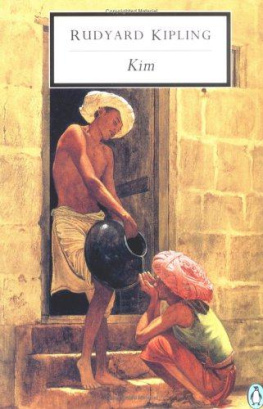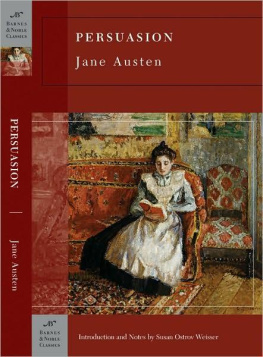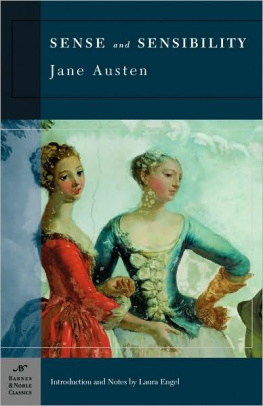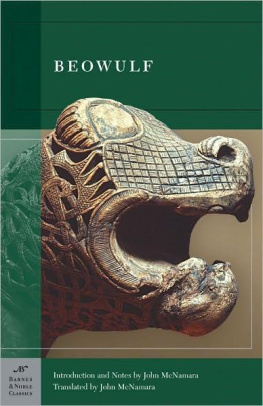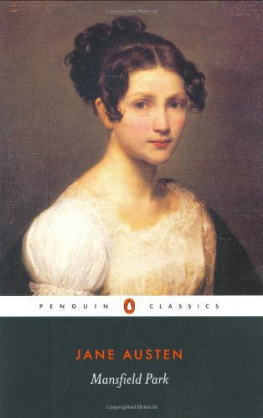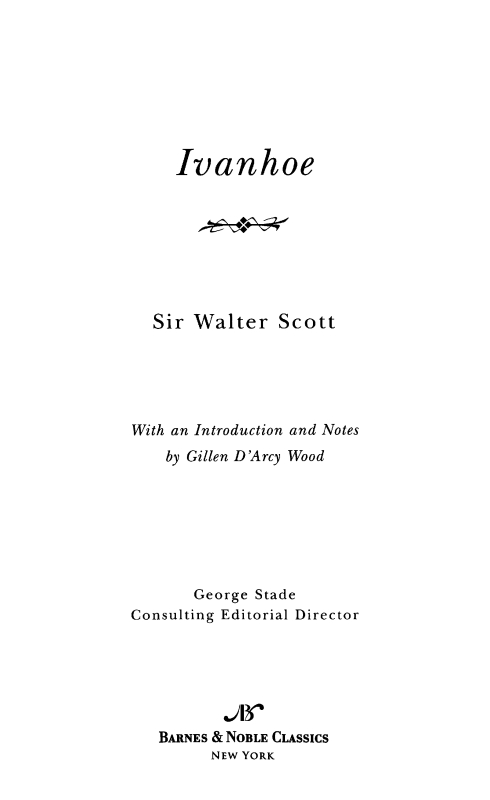
Table of Contents
From the Pages of
Ivanhoe
The date of our story refers to a period towards the end of the reign of Richard I., when his return from his long captivity had become an event rather wished than hoped for by his despairing subjects, who were in the meantime subjected to every species of subordinate oppression. (page 27)
When the Knight of Ivanhoe comes within the four seas of Britain, he underlies the challenge of Brian de Bois-Guilbert, which, if he answer not, I will proclaim him as a coward on the walls of every Temple court in Europe. (page 68)
The trumpets instantly sounded, while the heralds proclaimed the Lady Rowena the Queen of Beauty and of Love for the ensuing day, menacing with suitable penalties those who should be disobedient to her authority. (page 113)
He could not bring himself to acknowledge, in presence of such an assembly, the son whom he had renounced and disinherited.
(page 183)
Cedric, the instant that an enemy appeared, launched at him his remaining javelin, which, taking better effect than that which he had hurled at Fangs, nailed the man against an oak-tree that happened to be close behind him. Thus far successful, Cedric spurred his horse against a second, drawing his sword at the same time, and striking with such an inconsiderate fury that his weapon encountered a thick branch which hung over him, and he was disarmed by the violence of his own blow. (page 194)
One foot nearer, and I plunge myself from the precipice; my body shall be crushed out of the very form of humanity upon the stones of that courtyard ere it become the victim of thy brutality! (pages 235-236)
A moment of peril is often also a moment of open-hearted kindness and affection. We are thrown off our guard by the general agitation of our feelings, and betray the intensity of those which, at more tranquil periods, our prudence at least conceals, if it cannot altogether suppress them. (page 284)
The castle burns, said Rebeccait burns! What can we do to save ourselves? (page 309)
You are safe if you renounce Rebecca. You are pitiedthe victim of magical delusion. She is a sorceress, and must suffer as such. (page 367)
Death is the least of my apprehensions in this den of evil.
(page 394)
His opponents, desperate as they were, bore back from an arm which carried death in every blow. (page 415)
Know me under the name which, I fear, fame hath blown too widely not to have reached even your royal ears: I am Robin Hood of Sherwood Forest. (page 418)
Even in our own days, when morals are better understood, an execution, a bruising-match, a riot, or a meeting of radical reformers, collects, at considerable hazard to themselves, immense crowds of spectators. (page 443)
The flush passed from his brow, and gave way to the pallid hue of death. Unscathed by the lance of his enemy, he had died a victim to the violence of his own contending passions.
(pages 453-454)
These distinguished nuptials were celebrated by the attendance of high-born Normans, as well as Saxons, joined with the universal jubilee of the lower orders, that marked the marriage of two individuals as a pledge of the future peace and harmony betwixt two races, which, since that period, have been so mingled that the distinction has become wholly invisible. (page 461)
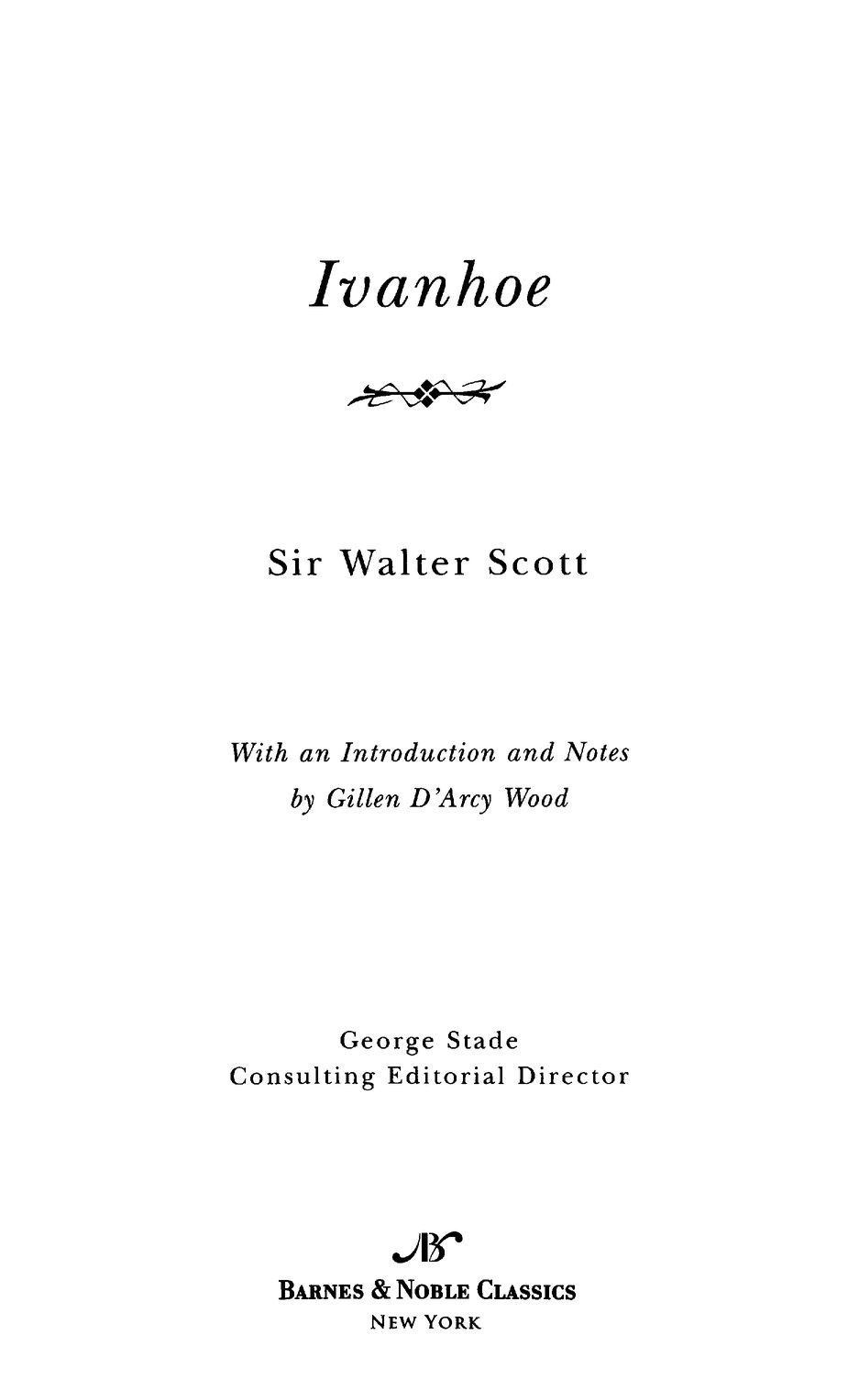
Sir Walter Scott
The creator of the historical novel and one of the most popular writers of his era, Sir Walter Scott was born in Edinburgh, Scotland, on August 15, 1771. During his lifetime, Scott witnessed industrialization and worker rebellions, revolution and the Napoleonic wars. He saw Scotland rise from a fragmented backwater to become a sophisticated cultural center. His literary works consolidated national pride and materially contributed to Scotlands cultural development. Despite the fascinating movements and upheavals of his own time, Scott found his true glory in the strife and striving of earlier eras. Inspired in his youth by ballads of his ancestors and their Border Wars with England, Scott spent his life looking to history to illuminate the present. Indeed, most of his worksincluding his greatest, and best-selling, novels such as Ivanhoe and Rob Royoffer compelling images of times past.
As a solicitor and a writer to the signet, Scotts father was well acquainted with land disputes among residents along the England-Scotland border that persisted well into the nineteenth century. His son experienced this storied area firsthand. After contracting polio when he was two years old, Walter was sent to his grandparents house in Sandy Knowe in the Border region to convalesce. There he developed a love of literature, gilded by his grandmothers stories about the area. Permanently lamed but well enough to walk with a cane, Scott attended the High School in Edinburgh, where, along with the traditional ballads he loved, he favored the works of Shakespeare, Spenser, and Italian poet Ludovico Ariosto. Popular and intellectually promising, Scott studied the classics and law at Edinburgh University.
Although he worked throughout his life as an advocate and later as principal clerk to the Court of Session, Scotts literary ambitions surfaced early in the form of ardent love poetry. He also developed a passion for collecting ballads; in 1802 he published a compendium, The Minstrelsy of the Scottish Border. He also wrote tremendously popular narrative poems, including The Lay of the Last Minstrel (1805) and The Lady of the Lake (1810).
During the second decade of the nineteenth century, Scott was offered the position of poet laureate, which he declined, and a baronetcy, which he accepted. Although his fame was assured by the popularity of his poems, he chose to publish his novels under a pseudonymperhaps uncertain how they would be received. In 1814 the anonymously published Waverley sold out the entire first run in a matter of days. Critics and readers alike loved Scotts historical romances; his subsequent novels, such as Guy Mannering (1815), Rob Roy (1817), and his master-piece, Ivanhoe (1819), set sales records and sparked fervent speculation about their authorship. Scott did not reveal that he had written the novels until 1827.
Sir Walter Scott was at the apex of his powers in the early 1820s, when he published one or more works each year; he entertained King George IV in Edinburgh and received honorary degrees from Oxford and Cambridge. He had made a fortune publishing his work through a company he owned with childhood friend James Ballantyne, but even Scott was not immune to the recession that gripped Britain in 1825. By the end of 1826 he had lost everything, his wife had died, and his health was failing. Determined not to declare bankruptcy, Scott pledged the future earnings of his writings to pay off his debts. In addition to burdensome hack work he took to increase his income, he wrote at least one book a year, including
Next page

